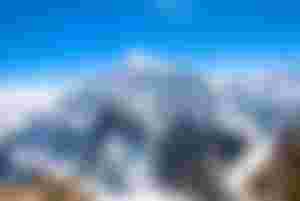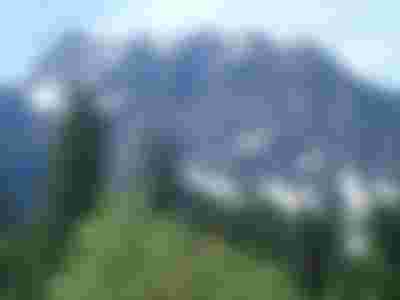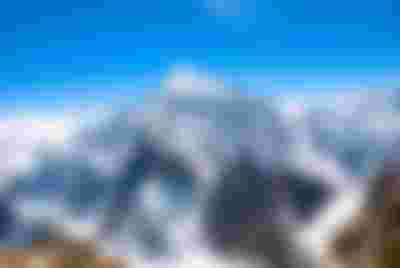
At the point when a maritime plate is lowered under a mainland one, its stones start to liquefy as they are driven into more profound, hotter pieces of the earth, and some portion of those liquid rocks transform into a progression of volcanoes on a superficial level. The subsequent volcanoes structure a chain of more youthful mountains, for example, the Andes on the west shoreline of South America and the Cascades Mountains on the west bank of North America.
The crash of two mainland plates makes wrinkled mountains. All the world's incredible mountain ranges are made by the extraordinary collapsing and folding of rocks. The force of collapsing is bring down the farther the mountain is from the impact zone, so more modest collapsed mountains are framed there. Mountains are shaped by structural cycles that are isolated into endogenous or interior (seismic and volcanic movement) and exogenous or outside (disintegration, denudation, consumption).
The seven fundamental parts, or plates, that make up the Earth's outside layer are pushed across the globe at the pace of nail development, yet by a power that the human brain can't understand. Every one of them addresses a landmass or sea. Since the Earth's plates are continually gliding on the planet, they are continually hitting one another. It is in these impacts that huge mountain ranges are shaped.

Mountains over 8000 meters
Mount Everest, Nepal, 8850 m. K2, Pakistan / China, 8611 m. Kangchenjunga, Nepal / India, 8586 m. Lhotse, Nepal, 8516 m. Makalu, Nepal, 8462 m. Cho Oyu, Nepal, 8201 m. Dhaulagiri, Nepal, 8167 m. Manaslu, Nepal, 8156 m. Nanga Parbat, Pakistan, 8125 m. Annapurna, Nepal, 8091 m. Gasherbrum I, Pakistan / China, 8068 m. Broad Peak, Pakistan / China, 8047 m. Gasherbrum II, Pakistan / China, 8035 m. Shisha Pangma, Nepal / Tibet, 8013 m
Mountains over 6000 meters
Aconcagua, 6 960 m, (Argentina / South America) Ojos del Salado, 6 908 m, (Argentina / Chile / South America) Bonete, 6 872 m, (Argentina / Chile / South America) Tupungato, 6 804 m, (Argentina / Chile / South America) Pissis, 6 783 m, (Argentina / South America) Mercedario, 6 774 m, (Argentina / South America) Huascarán, 6 768 m, (Peru / South America) Llullaillaco, 6 727 m, (Argentina / Chile / South America) Cachi, 6 724 m, (Argentina / South America) El Libertador, 6 724 m, (Argentina / South America) Incahuasi, 6 624 m, (Argentina / Chile / South America) Yerupajá, 6 617 m, (Peru / South America) Galán, 6 604 m, (Argentina / South America) El Muerto, 6 545 m, (Argentina / Chile / South America)

